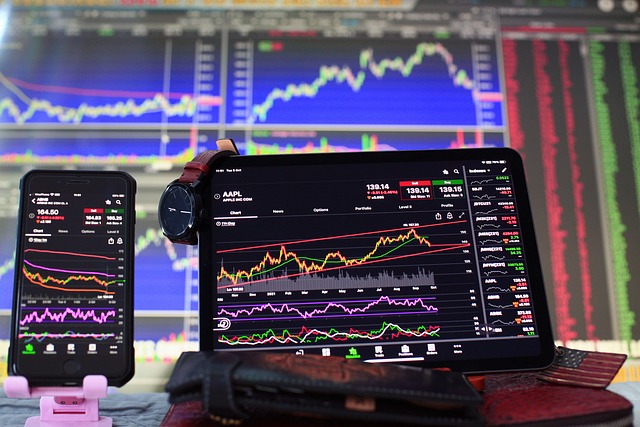The foreign exchange market (Forex) offers vast potential rewards but also carries inherent risks. Effective risk management is paramount for navigating this dynamic landscape. Backtesting, the process of applying a strategy to historical data, emerges as a powerful tool for evaluating and refining your risk management techniques in the safety of a simulated environment. This comprehensive guide delves into the world of backtesting risk management strategies, empowering you to approach the Forex market with greater confidence and control.
Understanding Backtesting for Risk Management:
Backtesting allows you to assess the historical performance of your risk management strategies. Here’s how it works:
- Define Your Risk Management Strategy: This could involve stop-loss orders, position sizing based on risk capital, take-profit targets, or trailing stops.
- Gather Historical Data: Obtain reliable historical Forex price data for the currency pairs you intend to trade.
- Choose a Backtesting Platform: Numerous backtesting platforms are available, some free and others with paid features. Select a platform that caters to your needs and allows for risk management strategy simulation.
- Run the Backtest: Input your historical data, define your risk management strategy parameters, and run the backtest. The platform will simulate trades based on your strategy and historical price movements.
- Analyze the Results: The backtesting report will provide key metrics like win rate, average win/loss size, drawdown (peak-to-trough decline), and Sharpe ratio (risk-adjusted return). These metrics offer valuable insights into the effectiveness of your risk management strategy.
Benefits of Backtesting Risk Management Strategies:
- Identifying Strengths and Weaknesses: Backtesting reveals how your risk management strategy performs in various market conditions. You can identify situations where your strategy excels and areas for improvement.
- Optimizing Parameters: Backtesting allows you to experiment with different risk management parameters, such as stop-loss placement or position sizing, to optimize your strategy for your risk tolerance and trading style.
- Building Confidence: Seeing your risk management strategy perform well in a simulated environment can boost your confidence when trading with real capital.
Key Considerations for Backtesting Risk Management:
- Data Quality: The accuracy of your backtesting results heavily relies on the quality of your historical data. Ensure you’re using reliable data sources.
- Market Dynamics Change: Past performance is not necessarily indicative of future results. Markets evolve, and strategies that worked historically might need adjustments for current market conditions.
- Transaction Costs: Backtesting platforms might not always factor in transaction costs (spreads, commissions). Consider incorporating these costs for a more realistic picture.
Backtesting Examples for Risk Management Strategies:
- Stop-Loss Orders: Backtest your stop-loss placement strategy to assess its effectiveness in limiting losses during adverse market movements. Analyze how different stop-loss distances impact your win rate and average win/loss size.
- Position Sizing: Evaluate your position sizing strategy based on a percentage of your risk capital. Backtest different percentages to find the sweet spot between maximizing potential returns and protecting your capital.
- Trailing Stops: Simulate the use of trailing stops, which automatically adjust your stop-loss as the price moves in your favor. Backtesting can help you determine the optimal trailing stop distance to lock in profits while managing risk.
Conclusion
Backtesting offers a valuable testing ground for your risk management strategies. By incorporating backtesting into your Forex trading routine, you can gain valuable insights, optimize your approach, and build confidence in your ability to navigate the dynamic world of Forex. Remember, backtesting is a simulation, and real-world markets can be unpredictable. Always prioritize sound risk management practices and use backtesting as a tool to refine your strategy, not a guarantee of future success.




